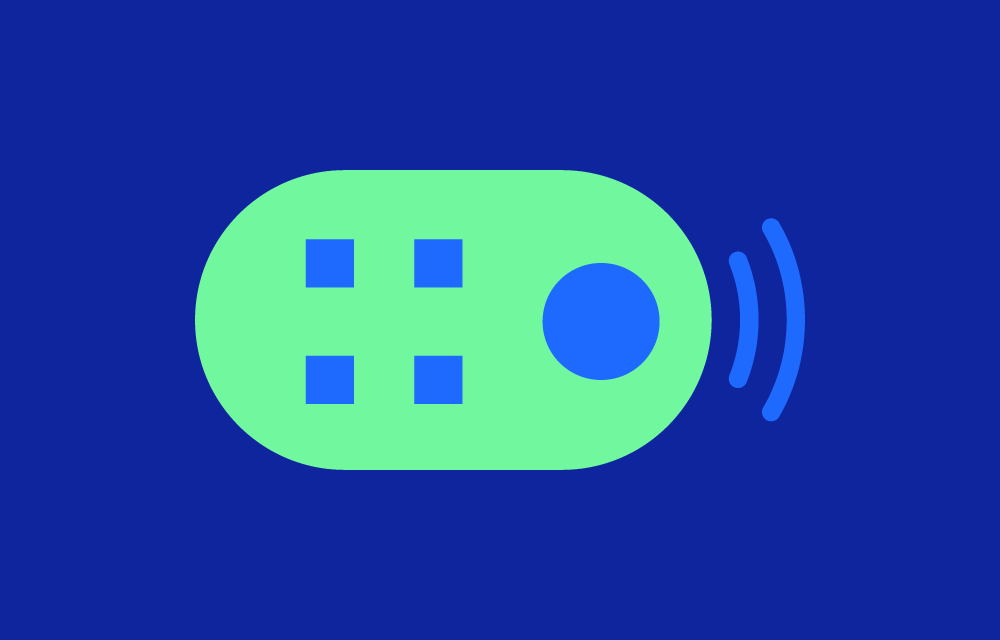What Does the Kubelet Do?
In simple terms, the Kubelet takes instructions from the control plane and makes sure they’re carried out on its node. These instructions are packaged as “PodSpecs,” which define the desired state of the pods—how many replicas, what containers to run, resource limits, and more. The Kubelet’s job is to ensure that the actual state of the pods matches this desired state.
But it’s not just about running containers. The Kubelet constantly monitors the pods and containers, reporting their status back to the control plane. If a container crashes, the Kubelet will restart it. If a pod fails its liveness or readiness probe, it will take the necessary action, such as restarting the container or marking the pod as unready.
Key Responsibilities:
- Pod Lifecycle Management: Ensures pods are running, restarts failed containers, and removes pods marked for termination.
- Health Checks: Monitors liveness and readiness probes to maintain application health and performance.
- Resource Management: Enforces resource requests and limits, ensuring containers get the CPU and memory they need without overloading the node.
- Communication with the API Server: Reports pod status, retrieves updated PodSpecs, and sends heartbeats to the control plane.
- Handling Local Resources: Manages volumes, secrets, and ConfigMaps specific to the node.
How it Works
When a new pod is scheduled to a node, the Kubelet pulls the PodSpec from the API server. It then works with the container runtime (like Docker or containerd) to pull the required container images and start the containers.
Once the containers are running, the Kubelet keeps an eye on them. It uses health probes—like liveness and readiness checks—to ensure the containers are functioning as expected. For example:
- If a liveness probe fails, the Kubelet will restart the container.
- If a readiness probe fails, the pod will be removed from the list of endpoints serving traffic.
The Kubelet also communicates regularly with the API server, sending updates about the pod’s status and node’s health.
Challenges the Kubelet Handles
The Kubelet’s role might sound straightforward, but it’s dealing with a lot of complexity:
- Resource Contention: Ensuring containers don’t exceed resource limits or starve other workloads.
- Node Failures: If the Kubelet stops sending heartbeats, the control plane assumes the node has failed and reschedules pods elsewhere.
- Volume Management: Ensuring pods have access to persistent storage volumes without conflicts.
Configuration and Tuning
Configurable options include:
- –pod-manifest-path: A path where static pod definitions can be stored and automatically loaded by the Kubelet.
- –register-node: Determines whether the Kubelet registers the node with the API server.
- –cgroup-driver: Specifies the cgroup driver used by the container runtime.
Tuning these options can help optimize the Kubelet’s performance for specific workloads or environments.
Common Issues and Troubleshooting
Some common problems include:
- Kubelet Fails to Start Pods: This might be due to insufficient resources, missing images, or misconfigured PodSpecs.
- Node Not Ready: Could indicate issues with networking, insufficient CPU/memory, or failed heartbeats.
- Failed Health Probes: Usually caused by misconfigured liveness/readiness checks or application bugs.
To troubleshoot, start by inspecting the Kubelet logs, which often provide clear clues about what’s going wrong.



